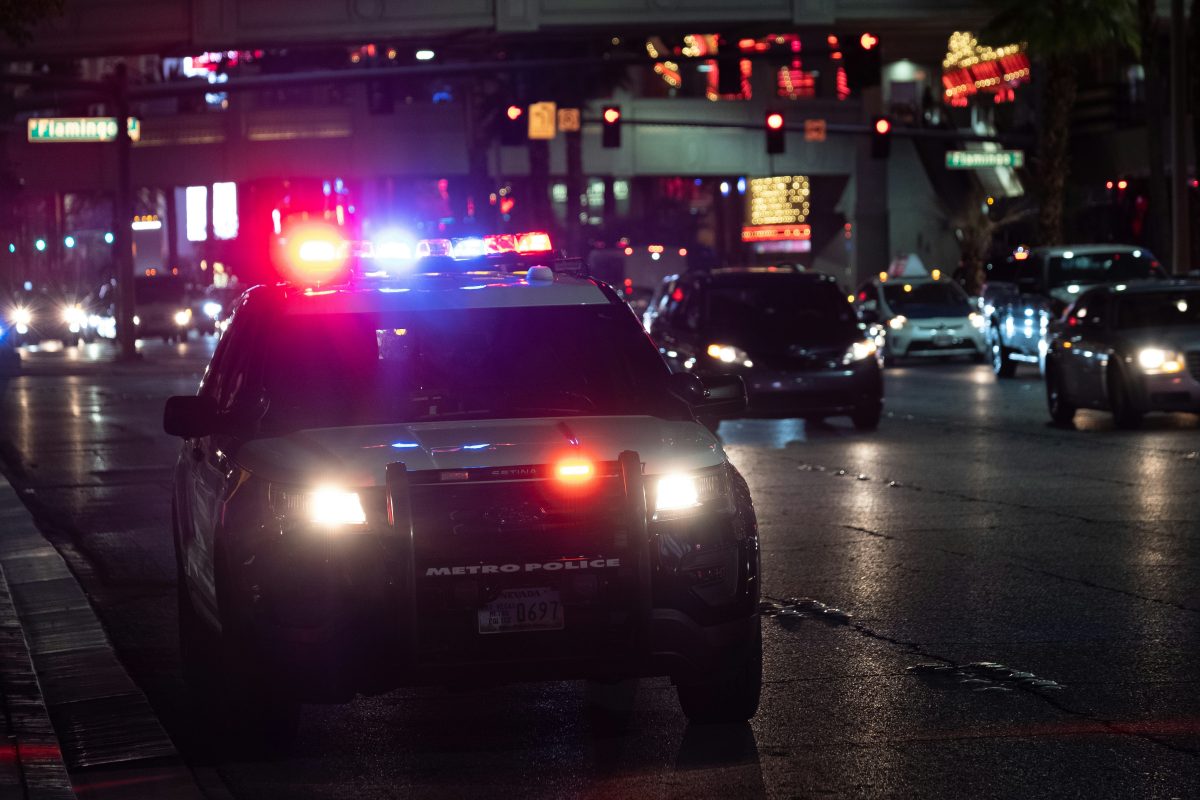Memphis has been ranked as the most dangerous metro city for pedestrians, with 343 pedestrian deaths from 2018 to 2022. Smart Growth America said this means more than half of pedestrian deaths (65 percent) over the last decade happened in the last five years.
The nonprofit organization, dedicated to helping people who “want to live and work in great neighborhoods,” released its “Dangerous by Design 2024” report in conjunction with the National Complete Streets Coalition. The report found that 7,522 people were killed by moving vehicles in 2022. They also found minority populations such as Black and Native Americans, older adults, and “people walking low-income communities” to be more susceptible to walking fatalities.
“Our nation’s streets are dangerous by design, designed primarily to move cars quickly at the expense of keeping everyone safe,” the report said. “Researchers found that Black people are killed at over twice the rate of white people (213 percent), and for Native people, it’s more than four times (428 percent). For Latino people, there is a 26 percent increased risk of death while walking. In addition, lower-income areas have far higher rates of pedestrian deaths.”
In order to understand why Memphis’ streets are dangerous, the organization interviewed local residents to not only put faces behind the numbers, but to hear their experiences first-hand.
Jared Myers, director of The Heights Community Development Corp, said in The Heights specifically, many residents depend on sidewalks to get from place to place. Many places such as grocery stores are often 20 minutes away by car.
“Memphis drivers, they just drive fast and careless,” Vernice Foster, resident of The Heights, said.
Foster said several years ago she was walking on the corner of Homer Street and Macon Road and was involved in a hit-and-run.
“When I come to that intersection now and I’m walking there is such a fear,” Foster said. “Right now, if I gotta go, you know, I’ll go.”
The organization also interviewed Shannon Curtis, a Crosstown resident who primarily uses cycling and walking as their preferred method of transportation and prefers to take “neighborhood roads” when possible.
“I very rarely will not cross at a light,” Curtis said. “You’re supposed to yield to pedestrians, even if there’s not flashing lights, even if there aren’t yellow signs, you’re supposed to yield to pedestrians at a crosswalk, but no one ever does.”
Curtis also said they never take Poplar due to its design with seven lanes.
Mike Rutkowski, senior principal of complete streets leader at Stantec, explained that Summer Avenue had twice the state average crash rate “for a similar corridor.”
“You have crumbling sidewalks, gapped sidewalks. … There are segments on Summer Avenue that have gaps between high-visibility crosswalks. Certain areas [have] almost 3000 linear feet between a high or a protected or a safe crossing.”
As a result of this, many are forced to take an extra 12 to 15 minutes to cross the road.
“Inherently, you know they’re not going to do that,” Curtis said. “They’re going to run across there, even though it’s seven lanes.”
The report suggests improvements in road designs will minimize fatalities and danger. Advocates stressed current road designs often prioritize vehicular speeds as opposed to safety.
“The only way to truly stop this epidemic is to make safety improvements in road design,” Smart Growth America said in a statement. “Crosswalks are regularly missing or too far apart, intersections are difficult to cross on foot, and many turn lanes encourage going around corners quickly, which can pose a hazard. Many places people regularly walk have zero sidewalks.”
Some of the recommendations included speed bumps in residential areas. Beth Osborne, vice president of transportation and thriving communities at Smart Growth America, said design interventions should be put in place to slow drivers down such as delineators and other improvements that will encourage drivers to “look for pedestrians.”

